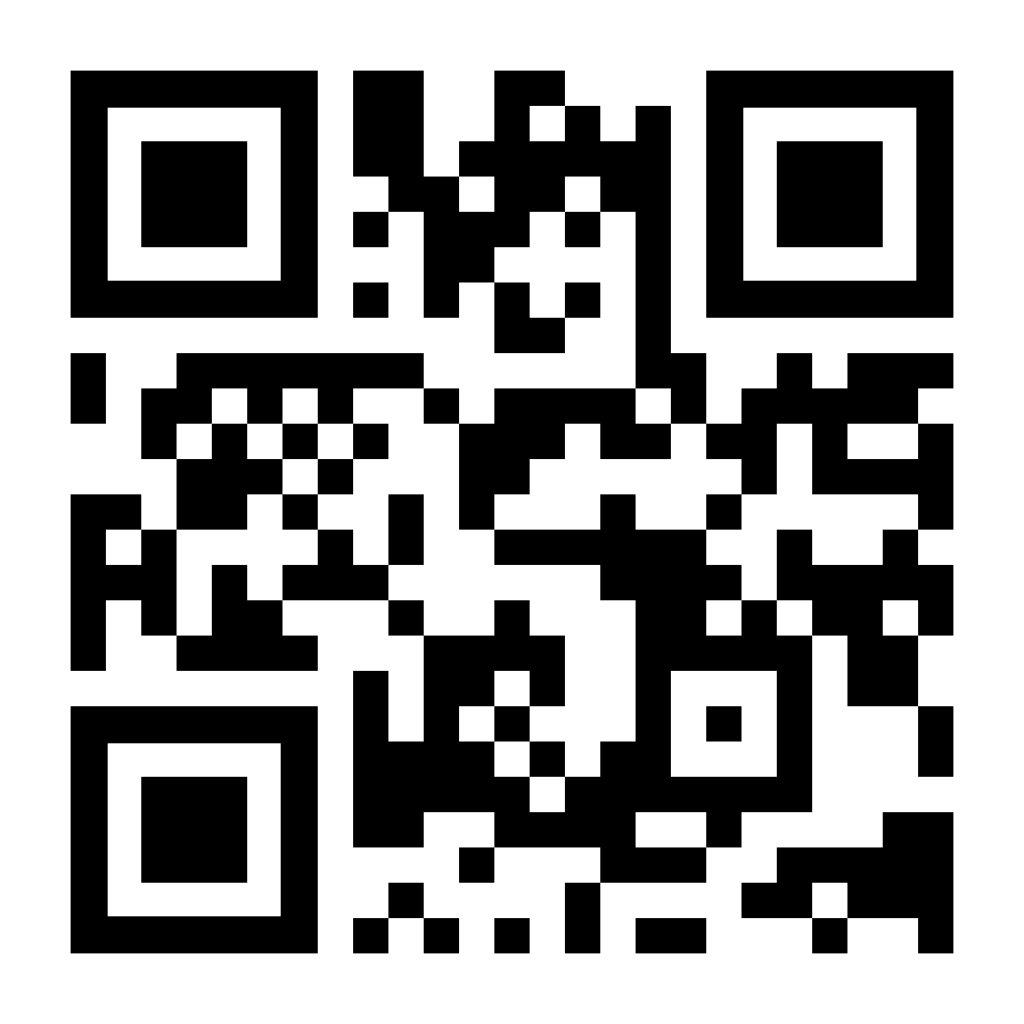By Tamar Boddé-Kekana
Read Part 1 and Part 2 of this series.
Last week’s tip provided a number of suggestions on how to design and create an engaging, visually pleasing conference poster. This week, we’ll explain the value of using QR codes and social media to extend your poster’s reach.
What Is a QR Code?
A QR code is a square-shaped graphic, similar to a barcode, which viewers can scan with their smart phone to get to a designated webpage. All modern iPhones and most Android phones have built-in QR detection in their cameras. Some Android phones may need a special QR code app.
Anyone can create their own QR code using the QR code monkey – a tool for generating free QR codes that never expire. You can also add cool features to your QR code, like images.
Are you struggling to fit all the information you want to share onto your poster? If so, including a QR code is a great option. You can use the code to direct viewers to published content (like a paper), a handout, a website, or any other information you would like people to look at.

This QR code will direct you to the Khulisa website.
If you would like your QR code to direct people to multiple links – for example, your published paper, a copy of the poster, and your organization’s website – you can create a multiple-page link using a tool like linktr.ee.
Using Social Media to Promote Your Poster
Social media is another great tool for extending the reach of your poster. During a conference or poster-viewing opportunity, consider posting a preview of the poster (or the entire poster) on Twitter, Facebook, or Instagram, and tagging the relevant conference or event in your post.
Are you attending the South African Monitoring and Evaluation Association (SAMEA) 8th Biennial Conference this week? If so, keep an eye out for QR codes in presentations and materials by Khulisa and other evaluation organizations.